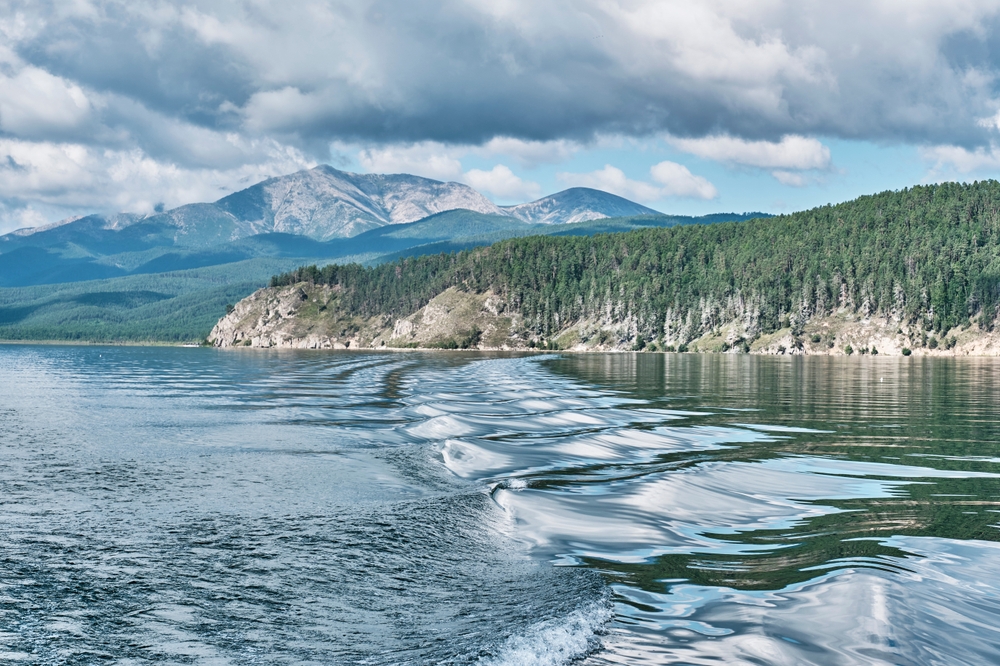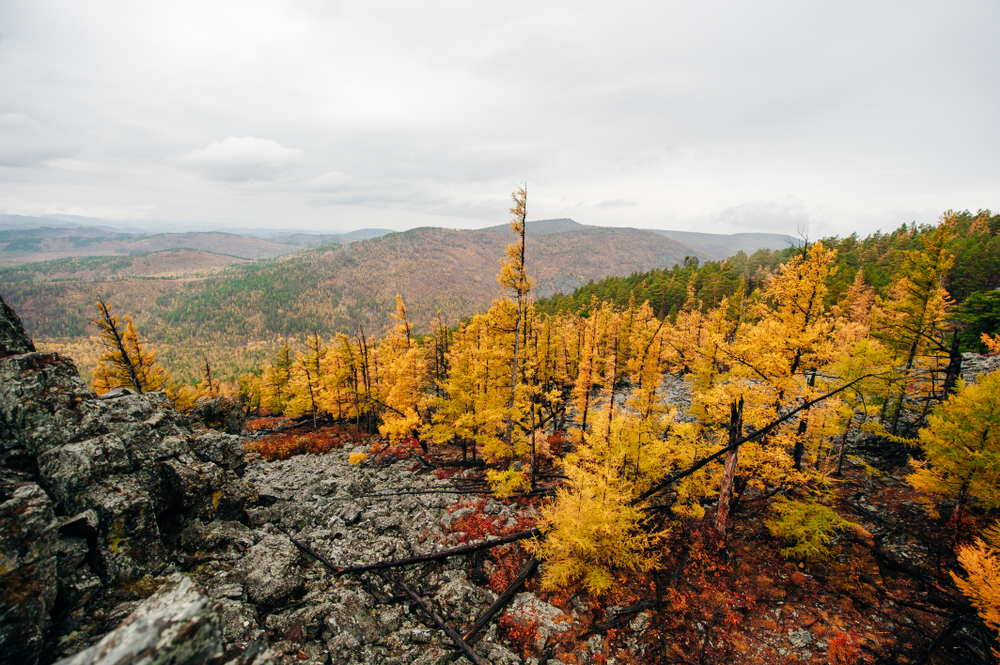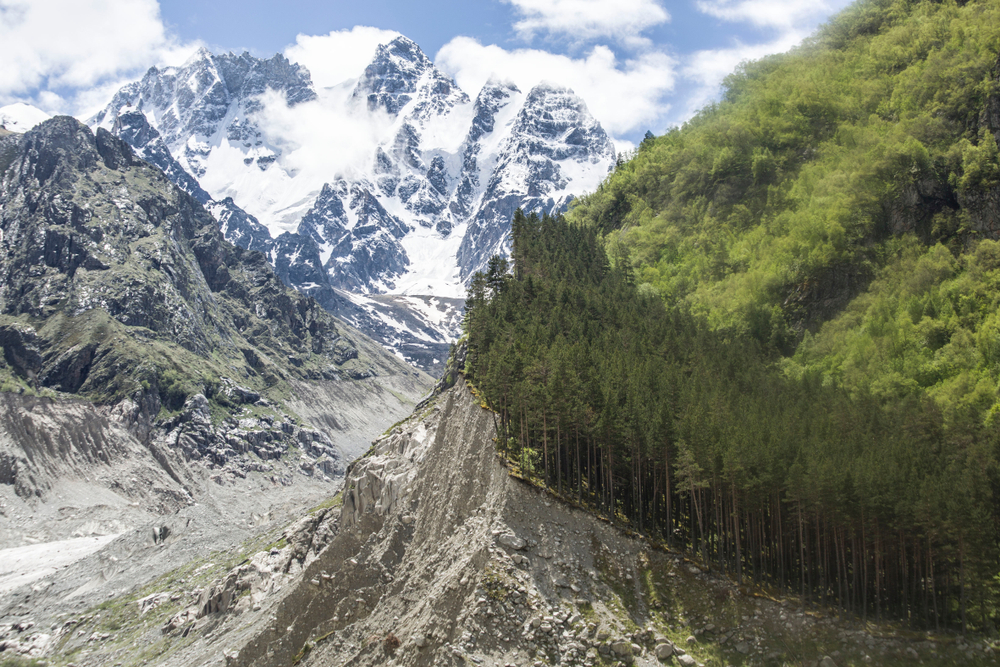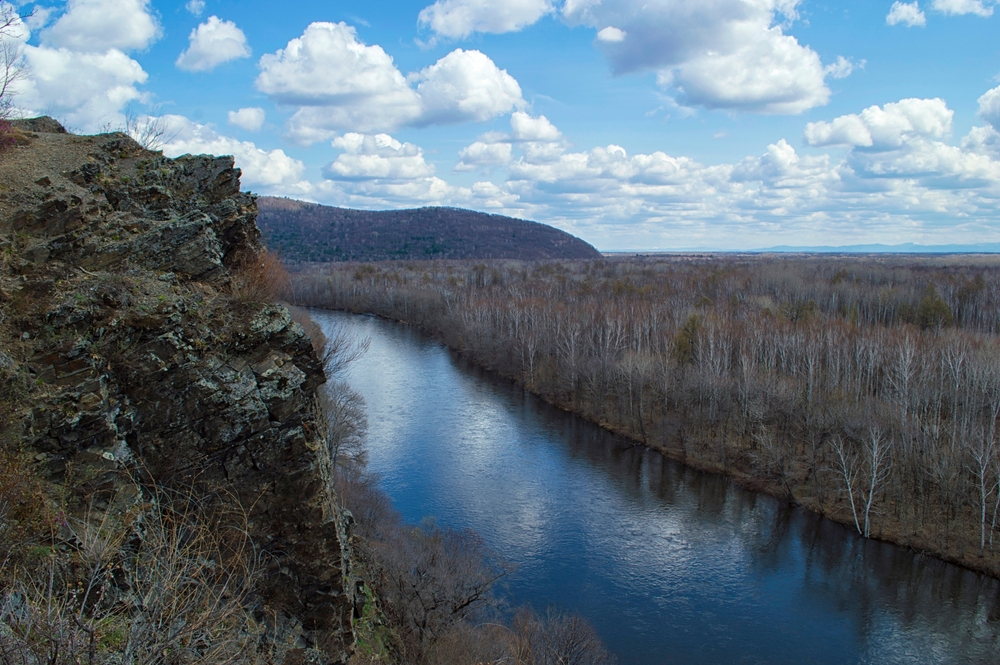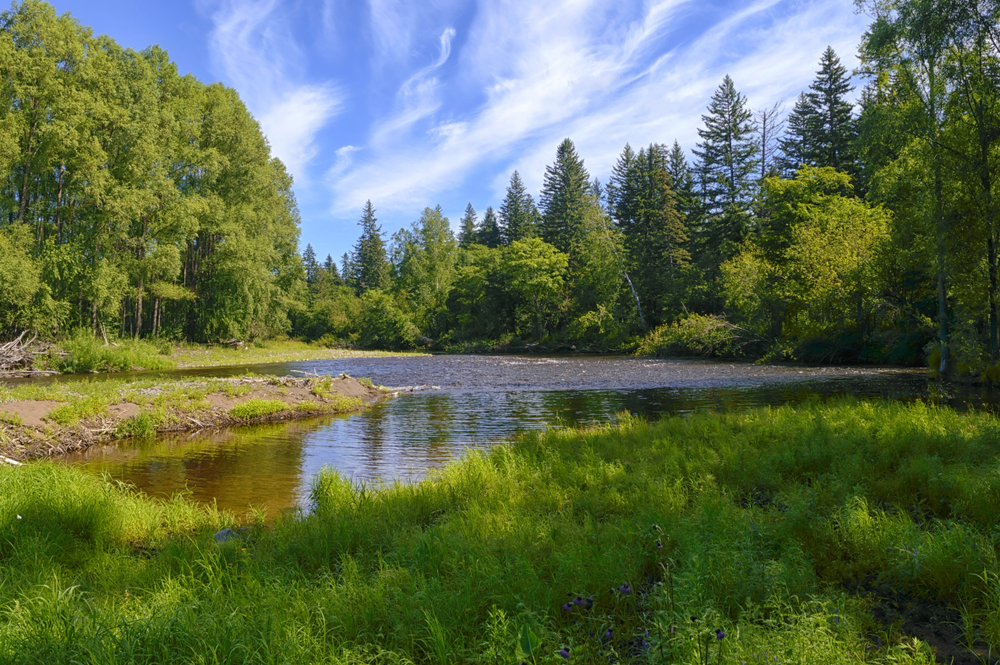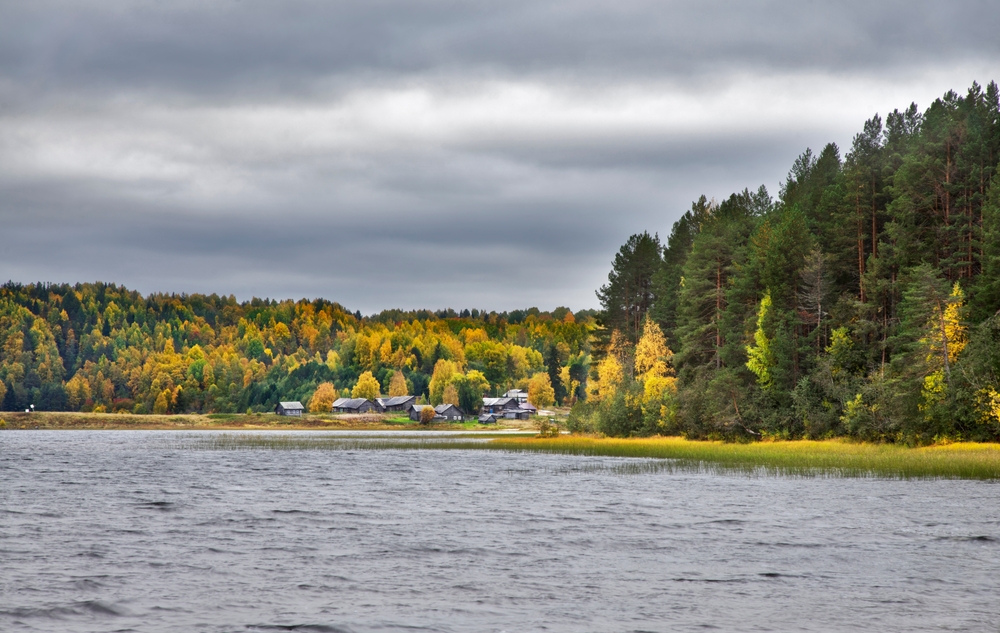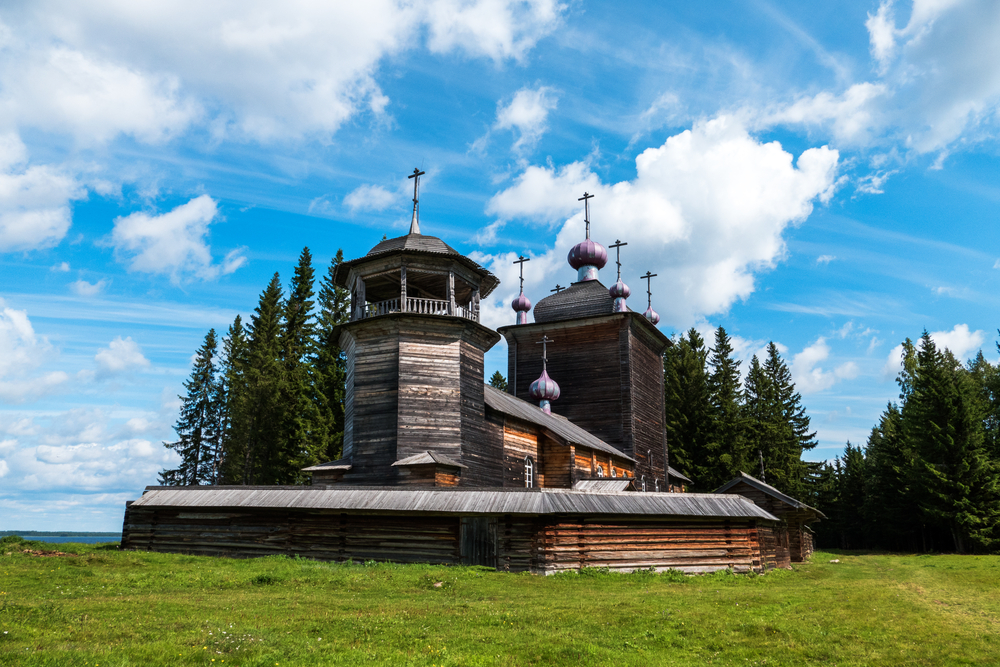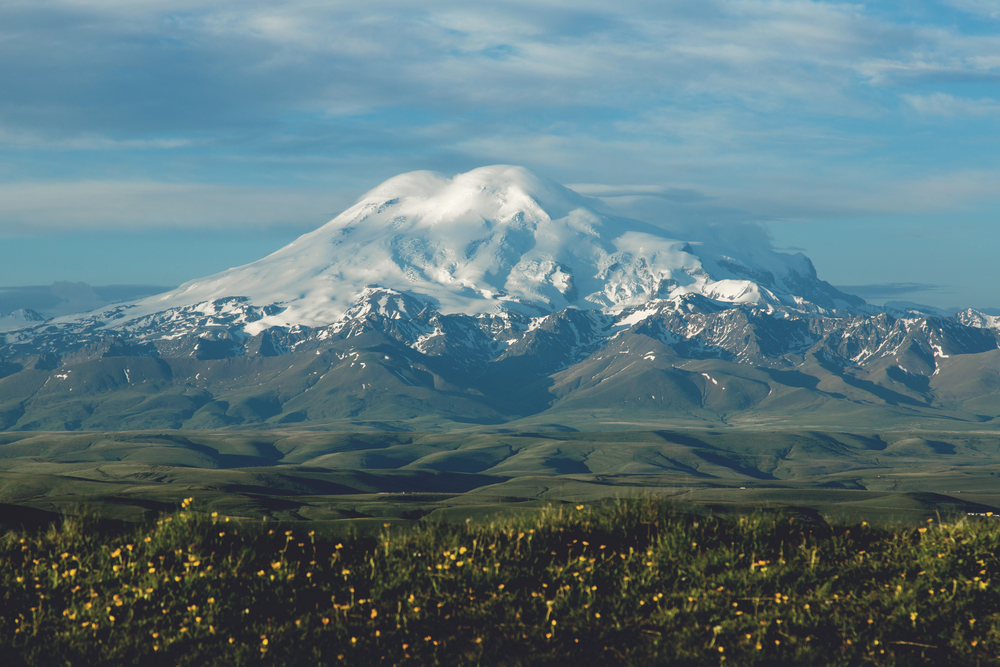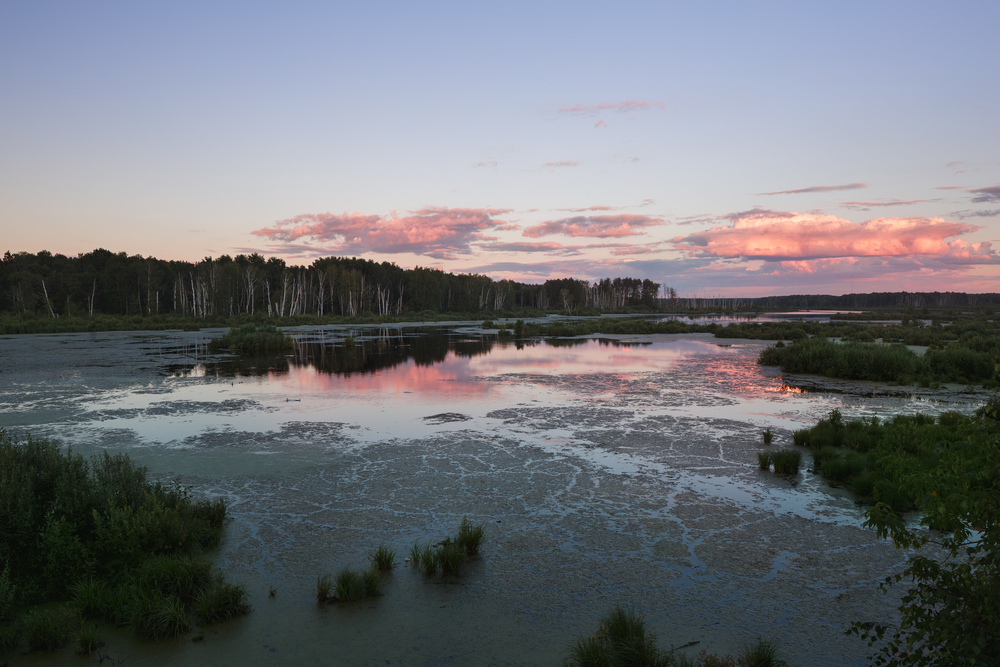Lake Baikal Overview
Lake Baikal National Park, known as Прибайкальский национальный парк (Pribaikalsky National Park) in Russian, is a stunning protected area located in southeastern Siberia, Russia.
Covering approximately 1,656 square miles (4,290 square kilometers), the park surrounds much of the western shoreline of Lake Baikal, the deepest and oldest freshwater lake in the world.
The park lies within the Irkutsk Oblast and extends from the southern tip of the lake near the town of Listvyanka up to the rugged mountainous regions in the north. This diverse and ecologically rich landscape plays a crucial role in preserving the lake’s fragile environment while offering visitors an unforgettable natural experience.
The terrain of Lake Baikal National Park is defined by dramatic contrasts. Towering above the western shore are the Primorsky and Baikal mountain ranges, with peaks reaching elevations of over 6,500 feet (2,000 meters). These rugged mountains are interspersed with dense Siberian taiga forests, where ancient larch, fir, cedar, and pine trees thrive.
The landscape is further shaped by deep gorges, rocky cliffs, and pristine beaches along the lake’s shoreline. One of the most striking features within the park is the Sayan Range, whose alpine meadows bloom with wildflowers during the warmer months.
In the colder seasons, the park transforms into a frozen wonderland, with ice formations covering much of the lake’s surface. The picturesque Peschanaya Bay, known for its famous “walking trees” due to the way wind and erosion expose their roots, is a particularly scenic highlight of the park.
The park is home to an impressive variety of wildlife, making it an essential habitat for both common and rare species. The Siberian brown bear, one of the largest predators in the region, roams the forests alongside the elusive lynx and sable.
The Baikal seal, or nerpa, is one of the park’s most famous inhabitants and is the only freshwater seal species in the world. Red foxes, elk, and wolverines are also frequently spotted throughout the park’s diverse environments.
Bird enthusiasts will find Lake Baikal National Park a paradise, with over 300 species recorded in the region. Among the most notable are the golden eagle, peregrine falcon, and the rare Baikal teal. During migration periods, thousands of waterfowl can be seen gathering near the lake’s shores, creating spectacular wildlife viewing opportunities.
One of the park’s most popular attractions is the Great Baikal Trail, an extensive network of hiking paths that offer breathtaking views of the lake and surrounding mountains. This trail system allows visitors to explore both the shoreline and the high-altitude regions, revealing stunning scenery at every turn.
The village of Listvyanka serves as a gateway to the park, where visitors can embark on boat tours, go fishing, or take scenic horseback rides. During winter, the frozen lake provides a unique opportunity for ice skating, snowmobiling, and even dog sledding. A visit to the Chersky Stone viewpoint rewards travelers with panoramic vistas of the lake, particularly during sunrise and sunset.
Despite its status as a protected area, Lake Baikal National Park faces environmental challenges, including deforestation, illegal fishing, and the threat of pollution from nearby industries. However, ongoing conservation efforts, including habitat restoration programs and stricter regulations on tourism, have helped mitigate some of these threats.
The park’s designation as a UNESCO World Heritage Site has further strengthened conservation efforts by attracting international attention to the need for sustainable management. Local ecotourism initiatives and scientific research projects continue to support the preservation of Lake Baikal’s fragile ecosystem.








































































